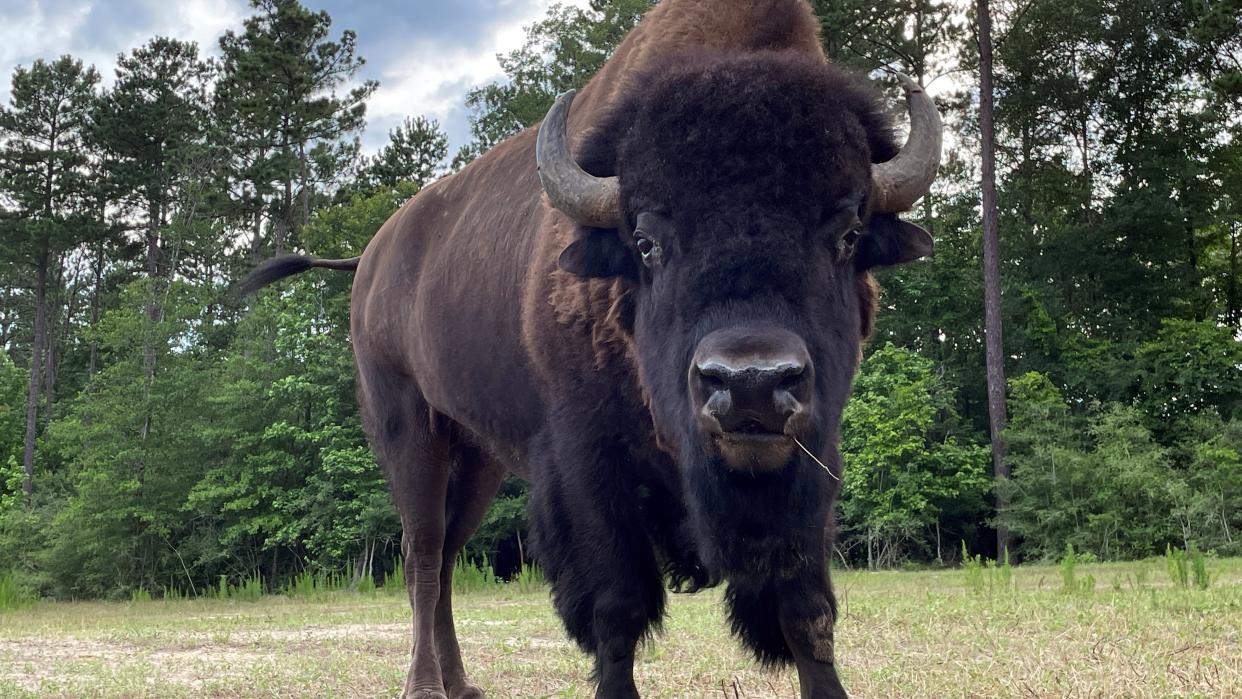6 Yellowstone tourists learn the hard way that bison don't appreciate close-up photography

Bison are responsible for more injuries than any other animal at Yellowstone National Park, and can run at up to 35mph, so getting up close for a photograph is never a good idea – no matter how excited you are to see one in person. That's a lesson six hikers learned the hard way at Yellowstone National Park, when they decided to stop dangerously near to a particularly large specimen.
In a video shot by theshaneco of Denver, Colorado, and shared via Instagram account TouronsOfYellowstone at the weekend, the six tourists can be seen closing in on the bison, and standing or crouching to take photos at close range.
Like most wild animals, bison generally prefer to avoid close encounters with people, but can lash out if they feel threatened. Luckily for these visitors, this particular animal only made a bluff charge to push them back, as you can see in the clip below.
Not everyone is so lucky, and almost every summer there are reports of people being seriously injured after failing to give bison sufficient space. Last year, two tourists were gored by bison within a week at US National Parks, and her hospitalized with abdominal injuries.
A post shared by TouronsOfYellowstone (@touronsofyellowstone)
A photo posted by on
The National Park Service (NPS) warns visitors to always stay at least 25 yards (23 meters) away from bison and elk, and 100 yards (91 meters) away from bears and wolves. The safest place to watch animals is from inside your vehicle – though a bison can still do serious damage to a car if aggravated.
Even if the animal doesn't lash out, approaching or distracting wildlife is illegal at US National Parks, and punishable by a fine or even jail time.
"Animals that become dependent on human food may become aggressive toward people and have to be killed," says the NPS. "Keep all food, garbage, or other smelly items packed away when not in use."
Last year, a well-meaning visitor was fined after pushing a bison calf up out of a riverbank when it became separated form its herd. The other bison rejected it, and Park Rangers ultimately took the difficult decision to euthanize it after it began approaching cars and people.
For more advice, take a look at our guides how to avoid being gored by a bison and wildlife safety: eight tips for surprise encounters.

